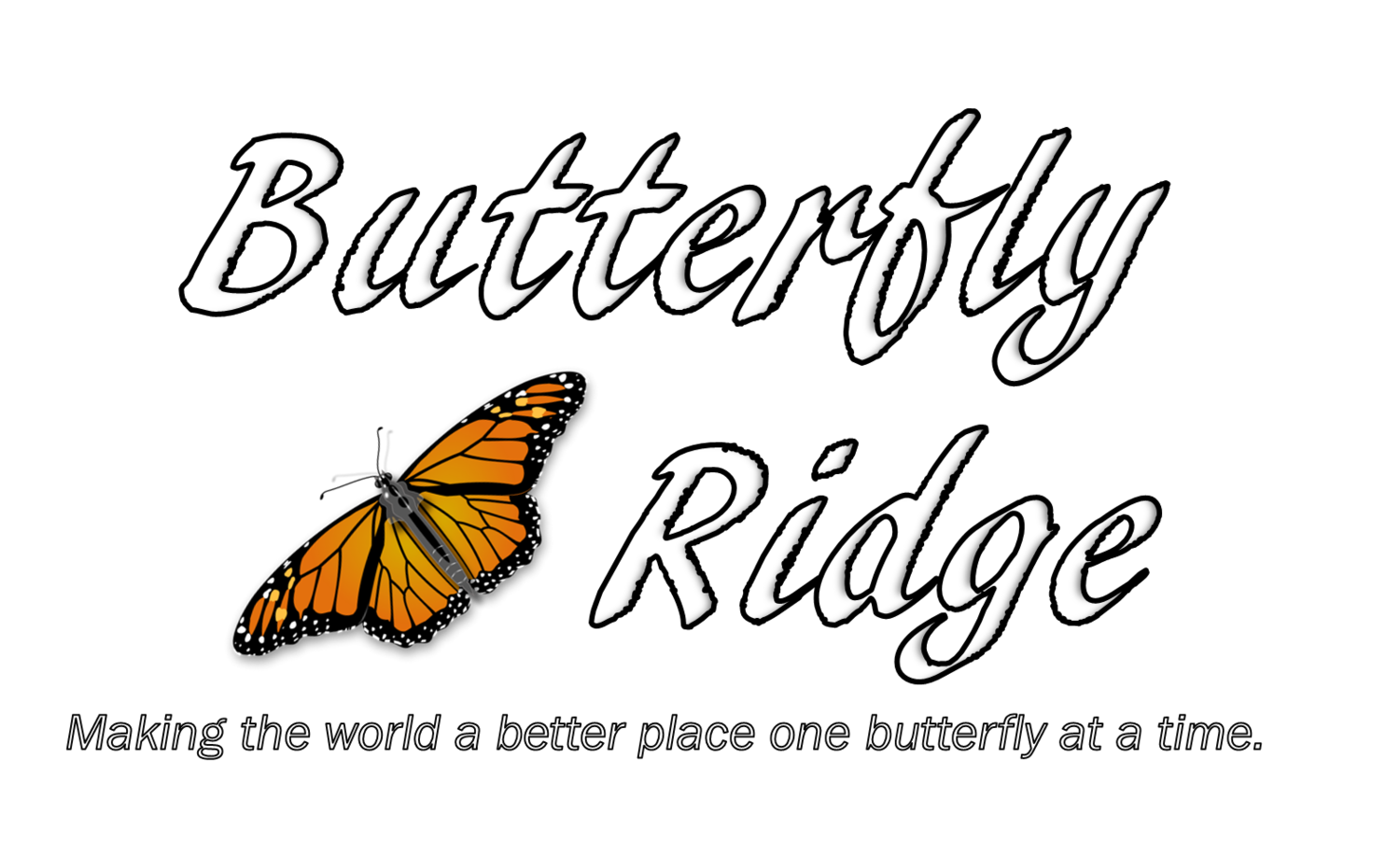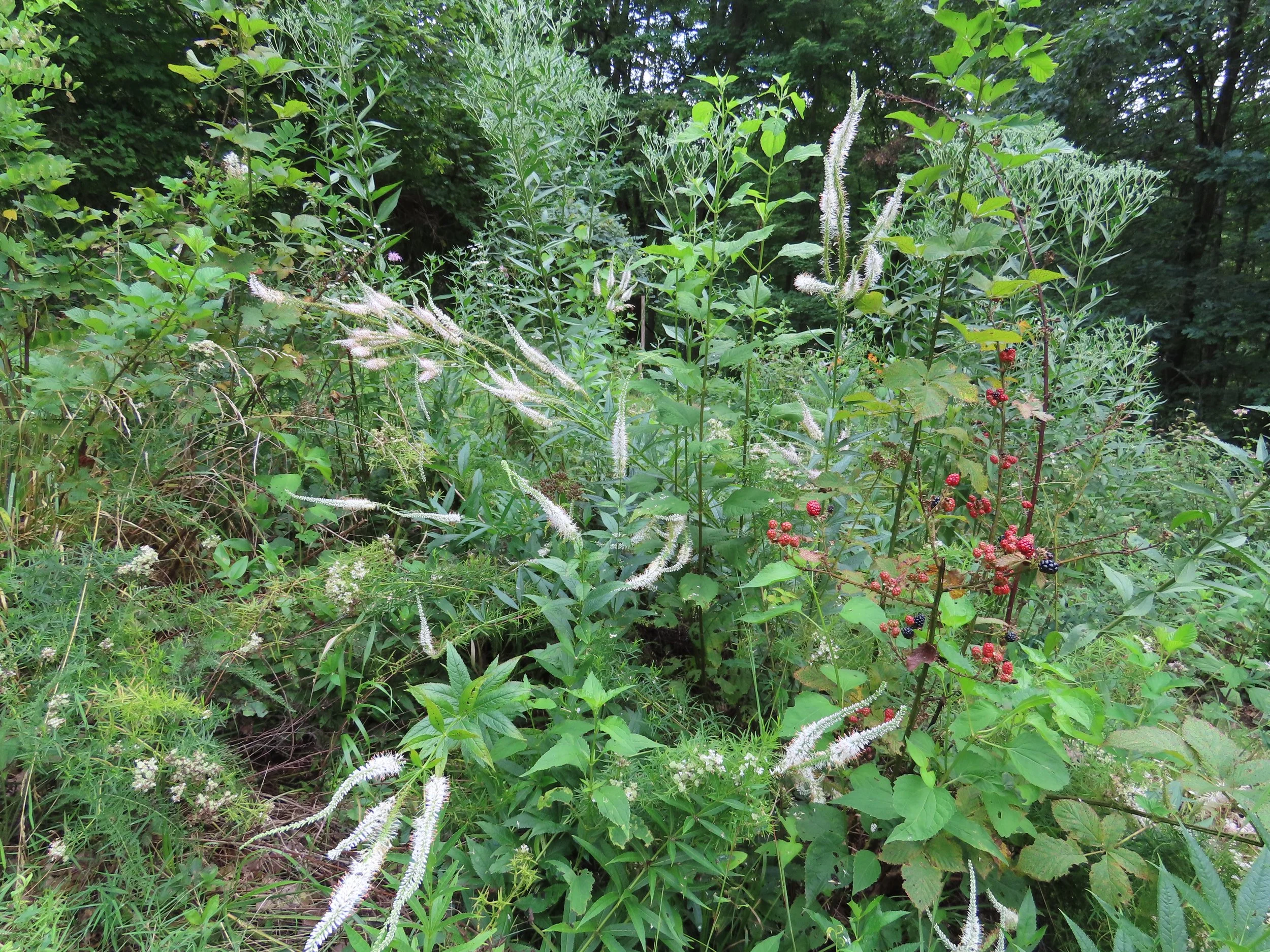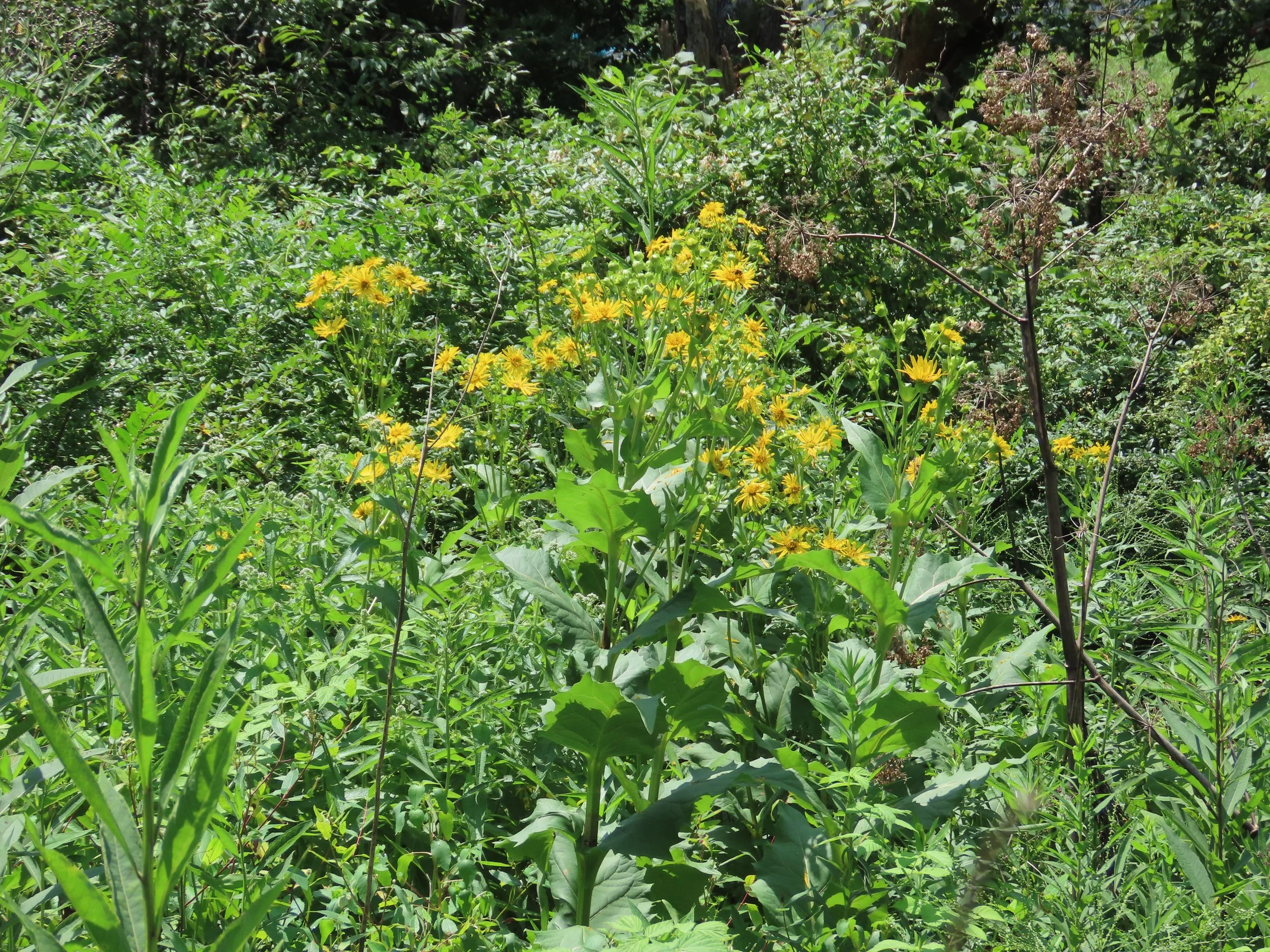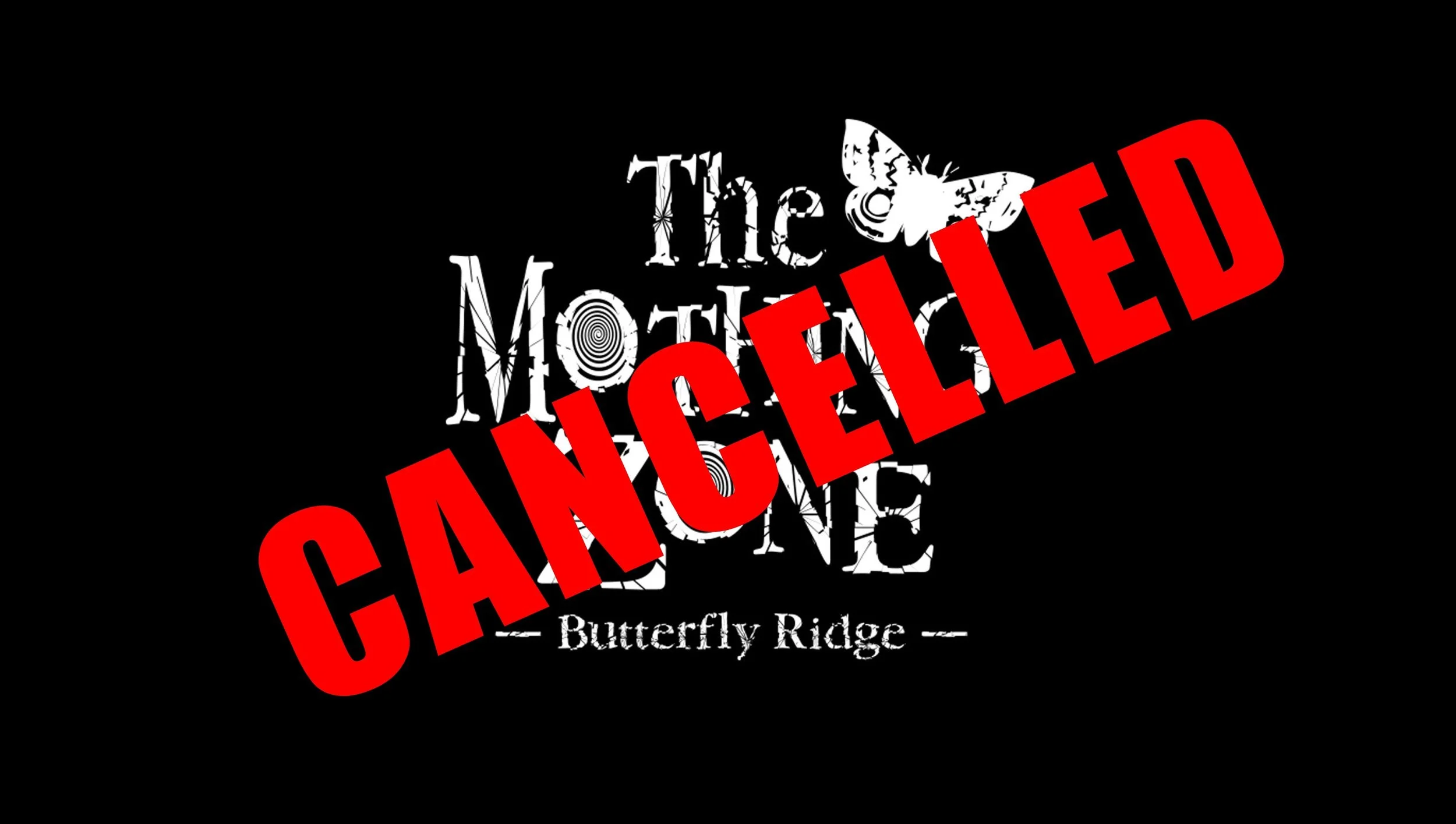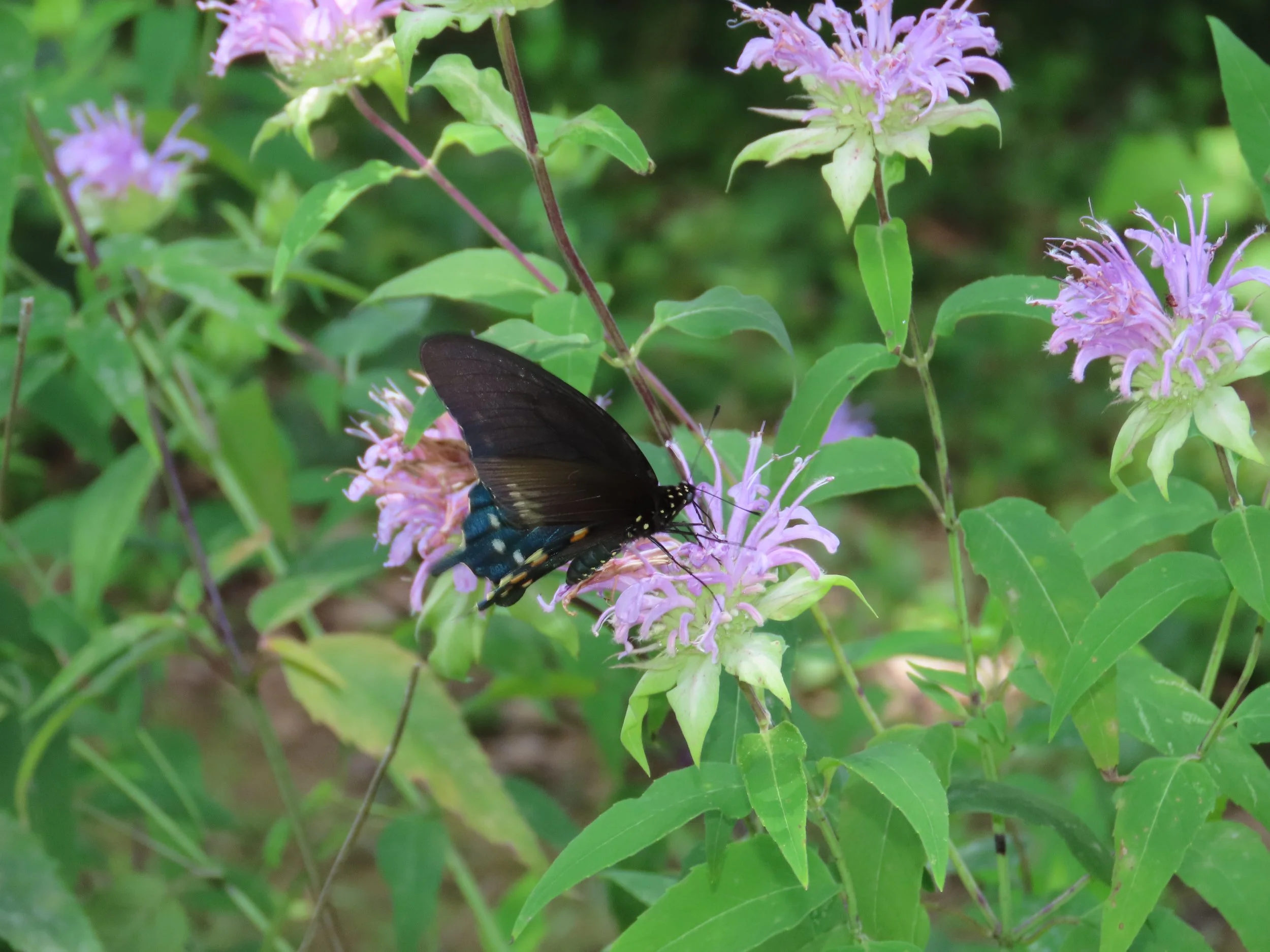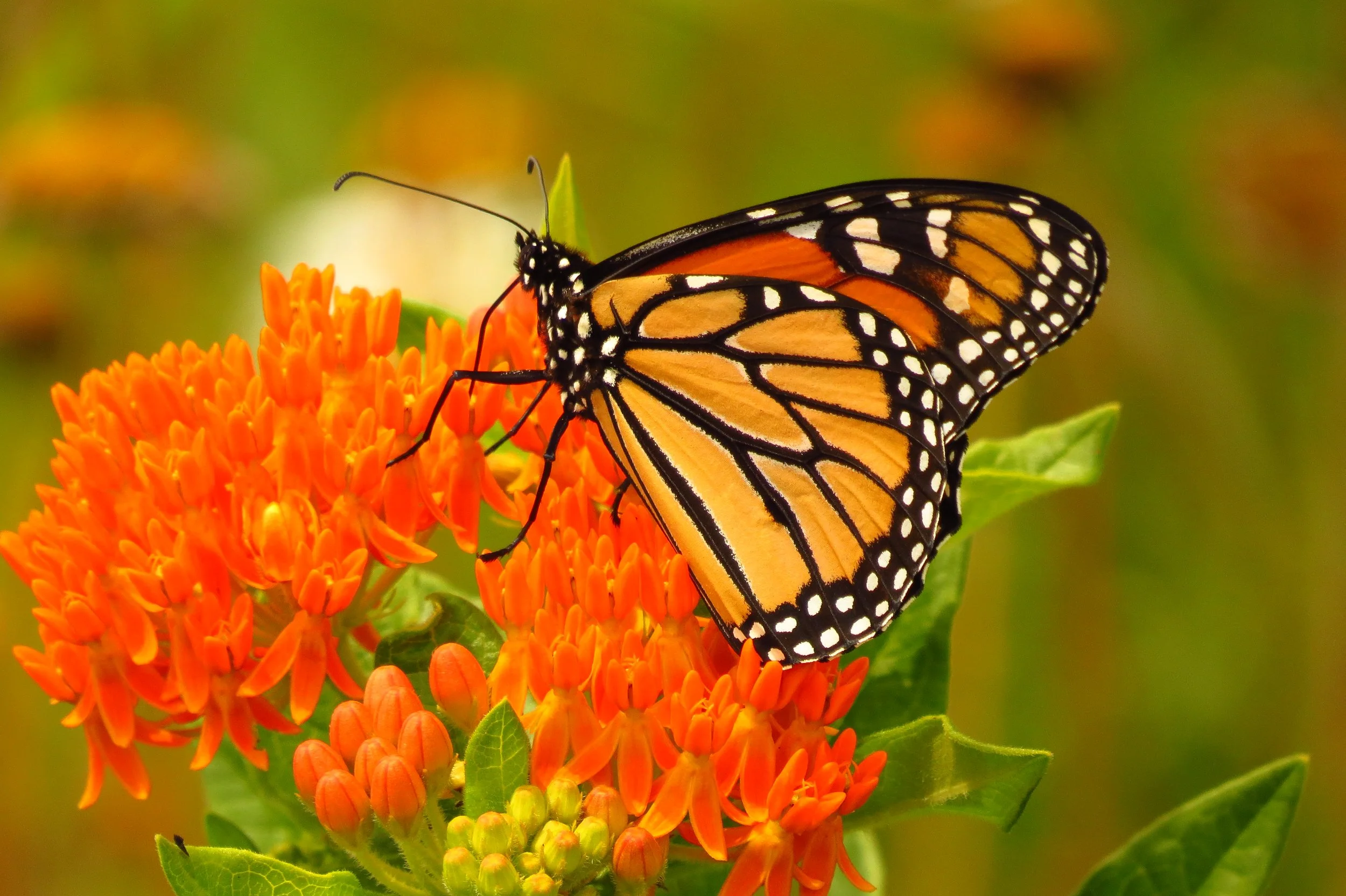No Doe Chow
/The white spires of Culver’s Root
I watch visitors walk our trails, and many of our flower displays, especially the native perennials not available in the nursery trade, are walked right past. Many of these plants have interesting stories, and considering we plant several dozen native species, but we simply do not get time with our visitors to share the stories of these remarkable plants.
I would like to discuss two of these species today. Culver’s Root, pictured above, was planted from in 2021 in our Secret Garden, grown from seed in our greenhouse. This year, 2025, is the first year that these have bloomed.
The yellow daisies of Cup Plant
The Cup Plant we planted in our wetland in 2018. In 2019 and 2020 it bloomed spectacularly and proved to be a huge hit with the bees and butterflies. However, by 2022 and 2023, there were no blooms.
These two species suffer from the same issue, DEER. At Butterfly Ridge we have a HUGE deer problem, and these two plant species, for several years, were on the losing end of that problem. The Culver’s Root could never get big enough to form flower buds as the deer consistently ate it. The Cup Plant does not bloom from lateral buds along the stem, which meant when the deer ate the central stem of the plant, that plant was done growing for the year.
Obviously for this year, we successfully brought this evil-minded herbivory to an end. How did we do it. Well, I remembered a tale that a friend of mine had shared from my college days. He and his girlfriend lived off campus and the house they were renting was being frequented by a skunk. Often! So, may friend, one night in a drunken moment of creativity, urinated around the entire outside perimeter of their house. And low and behold, the skunk visits came to a halt.
So I figured, perhaps deer would respond similarly. Now of course, my wildlife problem is 21-acres in size rather than a 1200 square foot house. My bladder would need to be bigger. I went to Tractor Supply and bought two six-gallon plastic containers and over the course of the spring of 2024 filled them up. My Diet Pepsi addiction has proven to be a benefit in this case. We added a cup of bloodmeal to each filled six-gallon pee container.
Over the course of 2024, as the Cup Plant grew I would spray the magical mix on the developing plants. The odor was . . . so mesmerizing that my wife would only let me spray at the end of the work day. The Cup Plant was sprayed once a week, or after every rain storm. And it worked!!! Last year the Cup Plant bloomed!!!
This year I decided to not only spray the Cup Plant but also hit anything else that the deer typically found tasty, including the Culver’s Root. This year we also added an additional ingredient, my favorite Habanero Hot Sauce from our Los Amigos restaurant in Logan, in an attempt to keep the deer off balance. This year it has also rained, A LOT, meaning I have had to go through a lot of . . . Diet Pepsi, a sacrifice I am willing to make. And based on the photos above, our efforts have worked.
I realize I have tried to inject some humor into this, but I really want folks to understand the additional work involved to bring these two plant species to bloom. When I say it has rained a lot, several weeks this season I have had to spray these plants every other day, adding an additional hour to each workday. As well, the blood meal ingredient tends to clog the sprayer, which means I was frequently having to get . . . get my hands dirty . . . to make the sprayer functional again. I finally got to the point where I filtered the contents of the six-gallon containers through panty hose as I poured it into the sprayer. That ended up saving considerable time.
Therefore, when you visit Butterfly Ridge, please do not blindly walk past the Cup Plant and the Culver’s Root. Please take a little time to enjoy it and appreciate the amount of time, effort, and yes, Diet Pepsi, that went into creating those beautiful flower heads.
